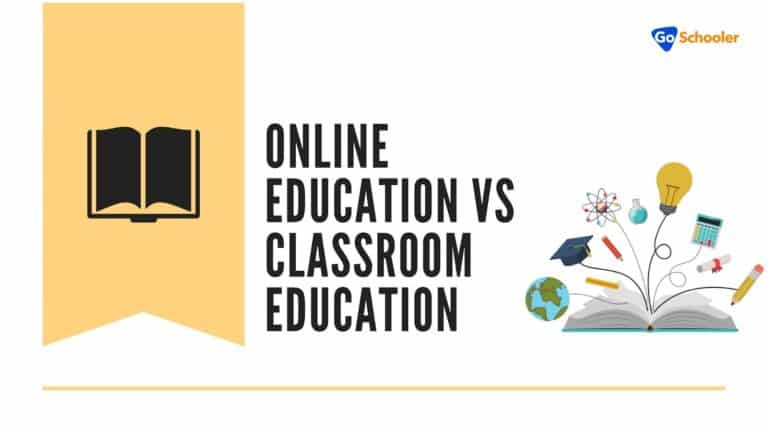In this article, we will answer the question “what is Continuous and Comprehensive Evaluation?” and discuss its importance in India’s education system.
The quality of education must always be improved. One of the ways to do this is through evaluation or assessment. The results from these evaluations help students, educators, and even policymakers to know which aspects of education need attention.
Receiving high-quality education would also help children in combating societal inequalities and oppression brought about by different backgrounds. In addition, through consistent improvements, children can always keep up with the changing times of our society.
So, what is Continuous and Comprehensive Evaluation?
What is Continuous and Comprehensive Evaluation?
This type of assessment method is also known as CCE. It is introduced as a school-based system of evaluation. The foundation or implementing law of CCE is the Right of Children to Free and Compulsory Education Act-2009 (RTE Act-2009). This law is authored, passed, and implemented to address the current gap in the Indian education system.
RTE Act-2009 indicates that CCE should be implemented for students in elementary schooling. It was determined that the evaluation of performance is also essential in the learning and teaching process thus the implementation of CCE.
The first answer to what is Continuous and Comprehensive Evaluation would always be regarding its scope. What sets CCE different from the other evaluation procedures is that it aims to incorporate both the scholastic and non scholastic aspects of learning.
The CCE considers all aspects of learning as essential parts of one’s development. So, the CCE is integrated into schools as an internal evaluation method to provide information about a student’s overall progress in a continuous and comprehensive approach.
Continuity in CCE is integrated during the learning-teaching process wherein it determines areas that need to be enhanced. While comprehensiveness refer to the scope of area being evaluated.
Why is it Needed?
As we have discussed what is continuous and comprehensive evaluation, let us talk about why it is needed in the Indian education system.
As mentioned above, the CCE has come to life because of the Right to Education Act-2009. In this act, the right of children ages 6 to 14 years old to high-quality education in a formal school must be ensured. One of its provisions includes an all-around growth and development of children.
This development must include honing their knowledge, and skills that include both physical and mental abilities to the fullest extent. All of this must be done in an environment that is freeform trauma, fear, and anxiety.
So, CCE would be used by educators as a tool to observe the progression of each child. This would aid them in giving feedback and create interventions in times of difficulty. This helps lessen the chances of failing and the number of children that will be stuck at the end of the term.
Further, the question “what is Continuous and Comprehensive Evaluation” can be clearly defined by the following:
- Finding out the changes in the child’s development and progress in a specific period of time.
- Mapping out the changes through evaluation of various different curricular areas.
- Identifying the support needed to enhance the progression.
- Planning the teaching-learning situations that can meet their needs and improve the learning experience.
- Allowing self-assessment through reflection and seeking ways to hold oneself accountable by learning on their own.
- Providing feedback that is based on real results and outcomes.
- Communicating children’s progress or changes to all stakeholders including parents and guardians and involving them in the development process.
Advantages
Promotes Holistic Learning
One of the advantages of CCE is that it promotes the holistic development of children. The word “comprehensive” in Continuous and Comprehensive Evaluation means integrating all essential parts of development.
This means including extracurricular activities or programs outside the classroom as part of the child’s learning process. The government acknowledges the fact that learning and growth are not limited to the sciences.
Reduces Stress and Anxiety
One of the main goals of the Continuous and Comprehensive Evaluation or CCE is to reduce the fear, stress, and anxiety of children in learning. This stress or anxiety often comes from the fear of failure or getting bad results.
However, CCE aims to reduce the chances of failing by giving timely and consistent feedback to the students. This way, educators can immediately intervene and help prevent failing grades.
Accurate Interventions
As mentioned above, interventions derived from feedback are given. In CCE, it is made sure that feedback or observations are based on the real results of the children.
This way, the support or guidance that can be given to the children targets the aspects they need help with. Interventions or help can only be effective if they are designed to improve aspects that need to be improved.
If interventions do not address the concerns at hand, then it is just a waste of time and effort for all stakeholders.
Involvement of the Learner
In the learning process, it is also important to involve the students. After all, they are the primary stakeholders in this. Their involvement in the process will make the teaching-learning process more effective.
Involvement of Parents or Guardians
Lastly, the involvement of parents or guardians plays a great role in creating a better learning experience for the students. In CCE, parental or guardian involvement is ensured.
First, parents can help improve the level of knowledge of students through household reinforcements.
Second, teachers can also create better solutions or interventions when there is a smooth flow of communication between them and the parents or guardians. Parents can help teachers identify the issues for them to be addressed properly.
Lastly, the child will feel more motivated to go to school and do educational activities if they know that their guardians are involved. The right kind of support including emotional support helps children perform better.
FAQs
Is Continuous and Comprehensive Evaluation an effective way to asses the progress of students?
How can CCE ensure high-quality education?
Takeaways
In this article, we were able to answer the question “what is Continuous and Comprehensive Evaluation?” specifically its role in the India’s education system.
The benefits of this approach create a better teaching-learning process for children. This method helps in upscaling the overall educational journey of students.







